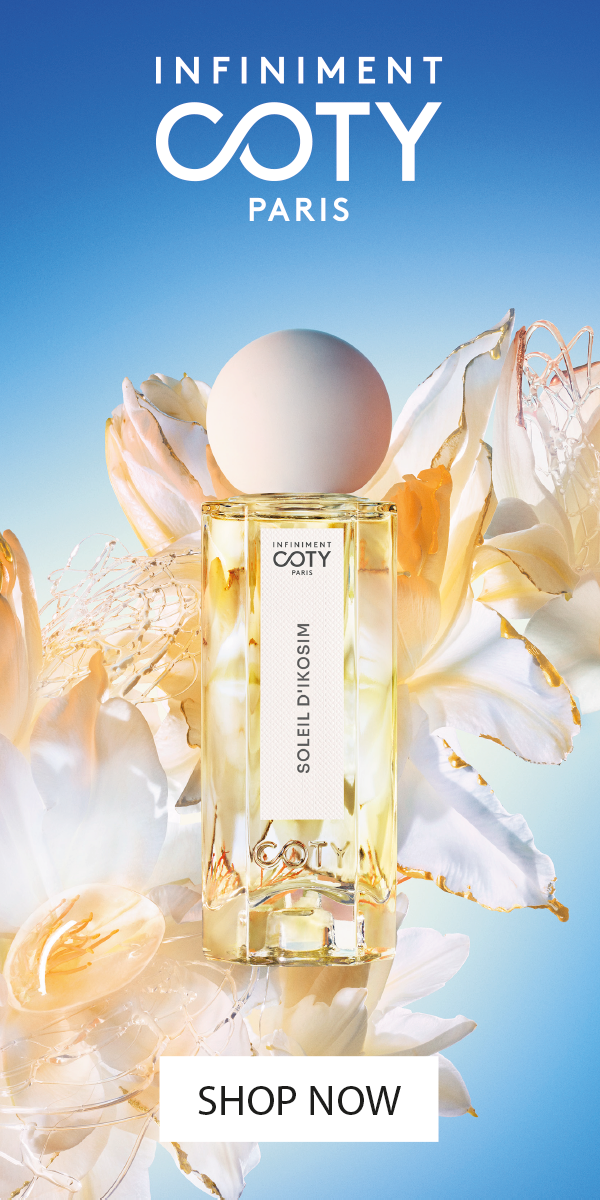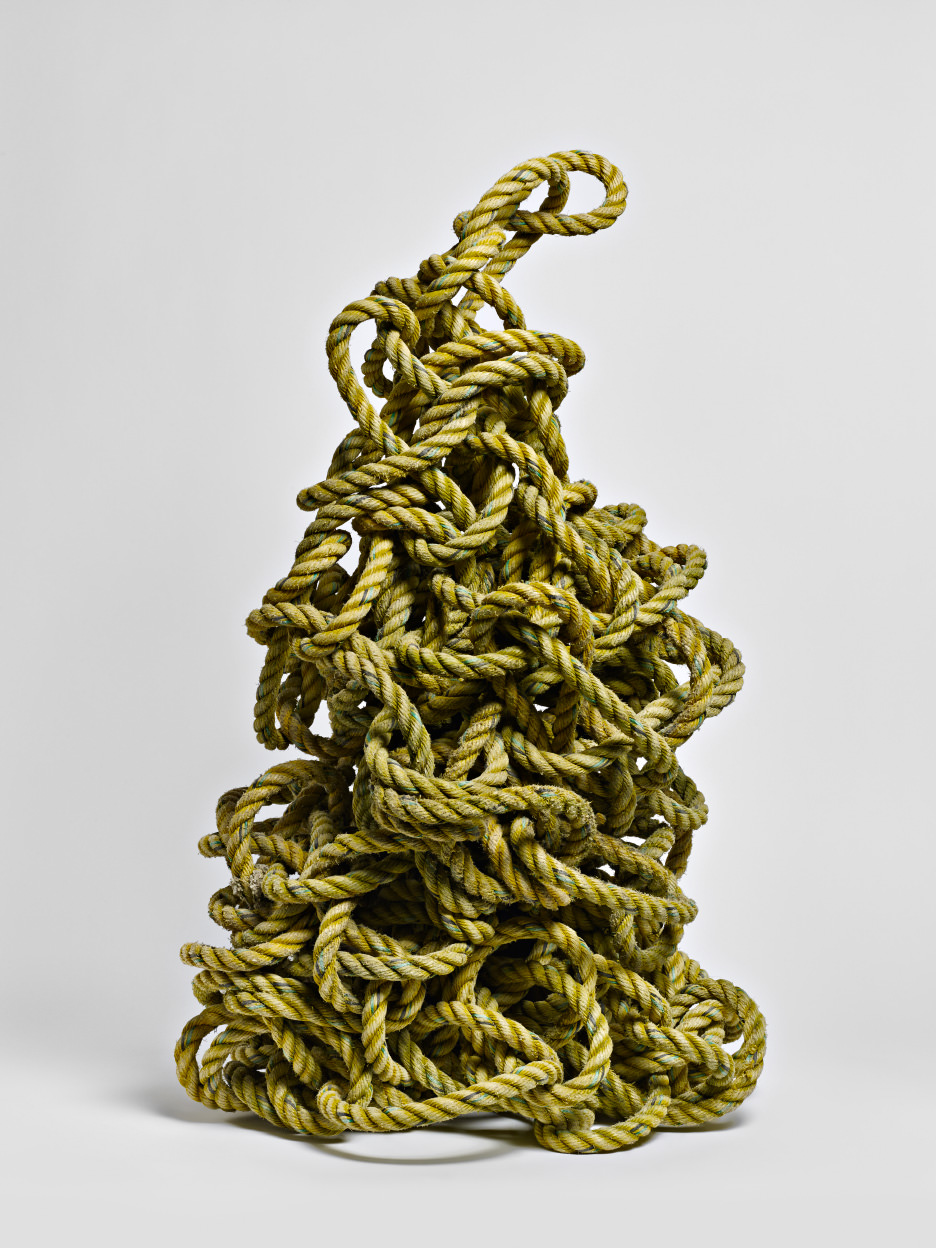The work of Brooklyn-based artist, Adam Parker Smith, is catchy but complex. What seem like one-liners are actually poetic personifications of our deepest fears, longings, and modus operandi in this insane world. His works are often nostalgic, but in that uncanny sense. The familiar is pushed and pulled to a place of suggestive reverie, at once commenting on the past and present.
For many, the works included in Smith’s current exhibition, “Thanks,” on view at Lu Magnus through April 26, bring that nostalgia factor to a conceptual climax. For none of the pieces on view in “Thanks” have been physically created by the artist himself, but rather have been swiped from the studios of his fellow creatives in a comical heist that began months before the exhibition’s opening.
“Thanks” includes works and objects belonging to 77 artists whose practices vary in mode, media, and form. The unifying thread throughout is Smith’s looting tactics as a means to question ideas of ownership and appropriation as well as influence camaraderie.
Whitewall spoke to the artist about the inspirations and processes behind “Thanks” and where these stratagems may lead to in the future.
WHITEWALL: Hey there, Adam. How are your sticky fingers faring post “Thanks’” opening? Are they suffering any signs of Post Traumatic Theft Disorder?
ADAM PARKER SMITH: I made an appointment yesterday with an art therapist. Our session will be recorded and be available as a podcast.
WW: In one of your recent projects you offered to pay other artists in exchange for their ideas with the intention of then fabricating the piece as your own. Was your concept behind this exhibition derived directly from that previous endeavor?
APS: Yes. That, and a short session of, “What if…?”
WW: You bounced from buying ideas to practicing the thievery of them. Artists have been “stealing” ideas from their contemporaries and personal rock stars for centuries. In fact, it is sort of an unavoidable truth of art making in general, whether it is a conscious or subconscious heist. Why is it important for you to bring this phenomenon to the fore?
APS: In putting together this exhibition my focus wan not on championing a cause so much as putting together a group of work by artists I admire and giving myself a fun challenge.
WW: It must have been a pretty nerve-racking process. Did you find yourself more apprehensive when it came down to the actual pinch, or about the potential reactions of your targets upon learning their pieces/possessions had been swiped by a pal?
APS: What always made me nervous were the reactions of the artists involved. When you are stealing something you have a task that you can focus on and if you are properly engaged you don’t have to think about consequences and you can be calm. It’s only after when you are no longer in the moment that you can fully appreciate the stupidity of what you have done.
WW: “Thanks” has received quite a bit of immediate attention from the media. Did you have any expectations of how this show would be received – either by those unintentionally involved or by the Trip-C’s (critics, curators, and collectors alike)?
APS: I think expectations are dangerous. I did have lots of hopes for the show. The main one was that the artists involved and the public would come away with a positive reaction relating to community, collaboration, and friendship.
WW: I mean… I’m sure we’ve all had our moments, but stealing in general is pretty taboo and stealing your friend’s ideas or artworks is certainly taboo. What has theft come to mean in the grand scheme of your breadth of work?
APS: Appropriation has always been a big part of my practice. To make this element of my process so public has been a way to help disarm any negative reception concerning this aspect of my work and help to cement more unconventional tactics into my methodology.
WW: Do you think you’ll have to rock the Bad Boy badge from here on out?
APS: I hope not. I have never really been that excited about wearing a badge.
WW: “Thanks” definitely breaches that boundary between artist and curator. You have not physically made any of the available works, but your concept and process are a work in itself. Do you think it is necessary to peg yourself as either when in actuality it is both?
APS: The best way for me to approach this conundrum is to ignore it. It would take up too much of my time to identify and label every creative process or action that I was inclined to involve myself with. I try to give myself as much time and freedom as possible and cut out any unnecessary tasks.
WW: When it boiled down to the curatorial aspect, was it important to you that the pieces jived as a collection? Did the stolen artifacts have to adhere to any personal parameters?
APS: I had to like them, and they had to fit under my coat.
WW: Dare I ask? Where will this investigation of appropriation and authenticity go from here?
APS: I’m not sure. I’m thinking I would like to work with clay.
WW: Thanks a bunch, Adam. I think we speak on behalf of many when we say we are excited to see what tricks you have up your sleeve for the future.
Adam Parker Smith received his MFA from the Tyler School of Art at Temple University, PA.
His most recent exhibitions include: 9:4:1, Storefront Bushwick, Brooklyn (2013); Forever 21, Ever Gold Gallery, San Francisco (2012); Funny Business, Nordine ZIDOUN, Luxembourg (2012); A Summer Group Show, Ever Gold Gallery, San Francisco (2012); A Gleeful and Relentless Forward Moving of Time, Carmichael Gallery, Culver City (2012); Young Curators, New Ideas IV, Meulensteen Gallery, New York (2012); Post Acid, Small Black Door, New York (2012); Ghost Face, Bobby Redd Project Space, New York (2012); This Side of Paradise, Andrew Freedman House, New York (2012)
Smith’s most recent artist residencies include: AIRspace Residency, Abrons Art Center (2012); Wave Hill Winter Residency Program (2012); Triangle Arts Residency Program (2011); and the Swing Space Residency Program, Lower Manhattan Cultural Council (2011).









